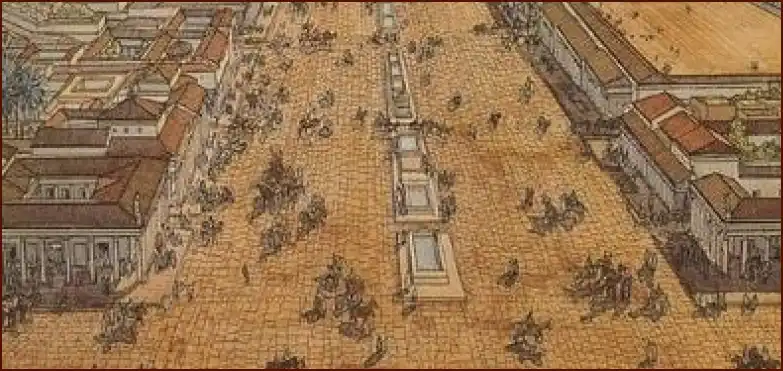To understand Hellenistic poetry, one must first appreciate the work of its most influential figure, Callimachus of Cyrene (c. 310–c. 240 BC). A poet and scholar at the Library of Alexandria, Callimachus championed a new kind of poetry that broke decisively with the grand, epic traditions of the past. His aesthetic valued brevity, refinement, and erudition over lengthy narratives, famously summarized in his statement, *”mega biblion, mega kakon”*—a big book is a big evil.
Callimachus’s influence was immense, shaping the tastes of poets for generations, including many Roman poets like Catullus and Ovid. Appreciating his work means understanding his preference for polished, small-scale forms and his masterful use of obscure myths and learned allusions, all crafted with meticulous care.
📜 A New Poetic Manifesto
Callimachus’s poetry was a reaction against what he saw as the tired conventions of epic poetry in the style of Homer. Instead of long, continuous narratives about war and heroes, he favored a different set of principles, which became the hallmark of the Alexandrian school.
His aesthetic, often called “Callimacheanism,” is defined by:
- Brevity (*oligostikhia*): He preferred short, concise poems, believing that smaller works allowed for greater perfection.
- Refinement and Polish (*leptotēs*): Every line was meticulously crafted. He advocated for a smooth, highly polished style, avoiding the roughness of traditional epics.
- Erudition and Obscurity: Callimachus filled his poetry with allusions to obscure myths and arcane knowledge, writing for a highly educated audience of fellow scholars.
- Variety (*poikilia*): He experimented with a wide range of genres, from hymns and epigrams to his most famous work, the *Aetia*.
✨ Major Works and Their Style
Though much of his vast output is lost, the surviving works and fragments of Callimachus give us a clear sense of his genius. His *Hymns*, for example, adopt a traditional form but fill it with playful humor and unexpected turns, often undermining the solemnity of the genre. His *Epigrams* are masterful examples of the short poetic form, showcasing his wit and elegance in just a few lines.
His most ambitious work was the *Aetia* (*Causes*), a collection of elegiac poems that explored the origins of various obscure myths, rituals, and customs. Instead of a single, unified plot, the work was a mosaic of different stories, united by the theme of origins. This fragmented, episodic structure was revolutionary and perfectly embodied his poetic principles. By focusing on the small, the overlooked, and the obscure, Callimachus created a new path for poetry that valued intellectual curiosity and refined artistry above all else.
More Topics
- How Philosophy Influenced Hellenistic Writing
- How to Understand the Hellenistic Book Roll
- How to Read Hellenistic Didactic Poetry
- How Literary Rivalry Shaped Hellenistic Poetry
- How to Appreciate Hellenistic Women Poets
- How Scholarship Became Literature in the Hellenistic Era
- How Royal Patronage Shaped Hellenistic Literature

